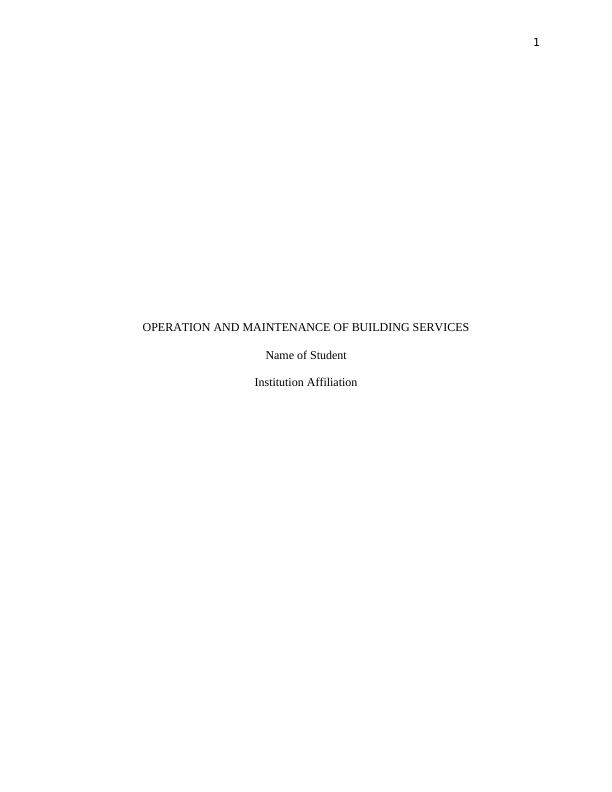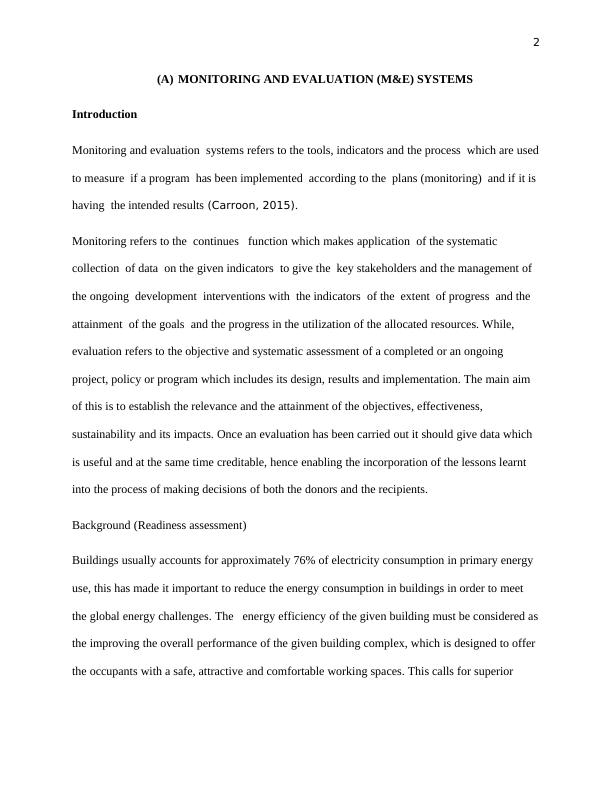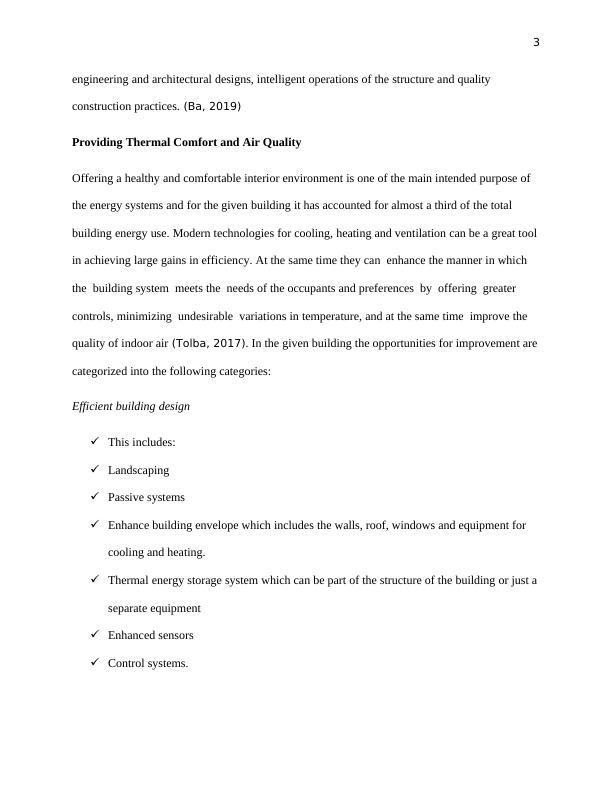Monitoring and Evaluation Systems Name of Student Institution
This is the end-of-course assessment for the course FMT302 - Operation and Maintenance of Building Services at Singapore University of Social Sciences. The assessment carries 70% of the course marks and is to be done individually. The submission deadline is 18 March 2020.
20 Pages3815 Words178 Views
Added on 2022-08-08
About This Document
Please refer to attached for assignment description. Thanks.
Monitoring and Evaluation Systems Name of Student Institution
This is the end-of-course assessment for the course FMT302 - Operation and Maintenance of Building Services at Singapore University of Social Sciences. The assessment carries 70% of the course marks and is to be done individually. The submission deadline is 18 March 2020.
Added on 2022-08-08
ShareRelated Documents
End of preview
Want to access all the pages? Upload your documents or become a member.
Design Strategy of Air-Conditioning for a Residential Building
|11
|2565
|214
Environmental Building Design | Assignment
|9
|1896
|125
Reduction of Health Impact of the Occupant from Indoor Air Pollution: A Case Study of KPJ Johor Specialist Hospital
|16
|3505
|346
Climate and Thermal Analysis 2022
|12
|3529
|27
Case Study on Building Services Church Hall
|11
|3690
|74
Occupational Hygiene: Maintaining Quality Indoor Air for a Comfortable and Safe Working Environment
|14
|3027
|476




